Large-flowered chrysanthemums: varieties, tips for growing and reproduction
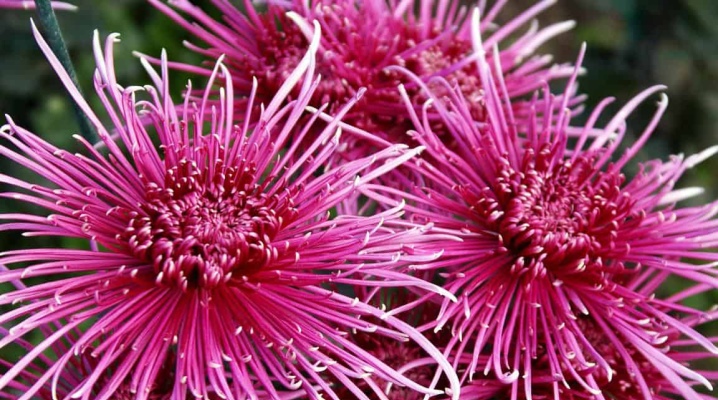
The large-flowered chrysanthemum is very popular among amateur and experienced gardeners. The plant has a spectacular appearance and is able to decorate any flower bed. Our today's material will be dedicated to this wonderful representative of the flora.
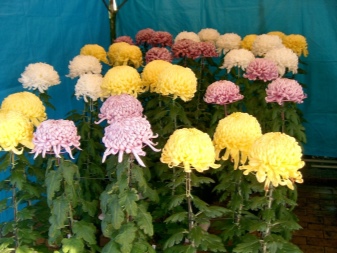


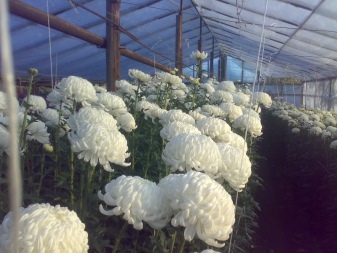
History
"Chrysanthemum" is translated from Greek as "sun flower". This name was given to chrysanthemums for the petals with a golden hue, which is characteristic of most varieties. Large-flowered chrysanthemums are perennial plants of the Asteraceae family.
China is considered the birthplace of this plant. It was bred by a Chinese breeder 2 and a half thousand years ago and named Chu Hua, which translates as "put together." At the moment, there are 29 varieties of large-flowered chrysanthemums. They are found in all regions of northern and temperate latitudes.




Most often, this plant is found in Japan, where it was brought by Buddhist monks in the 4th century. It is considered a symbol of Japan and is depicted on the seal of the emperor. This is due to the fact that in ancient times only influential and wealthy people could please themselves with such flowers.
But in Europe, these flowers appeared only in the 18th century, after which they became widespread.




Peculiarities
It is a perennial garden shrub with a strong branched root system. Large-flowered chrysanthemum can reach 1 meter in height. Shoots can be drooping or bare, they branch strongly and grow long. The leaves are characterized by a light green or dark green color and an alternate arrangement. They can vary in shape and size from cultivar to cultivar.
Chrysanthemum flowers form a basket that can be up to 20 cm in diameter. Depending on the variety, the buds may vary. They are simple or terry. The most popular and common varieties are Indian, Japanese and Chinese chrysanthemums. They have large heads and are able to grow in any soil.



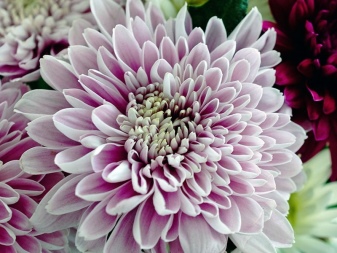
Varieties
Breeders have developed many varieties of large-flowered chrysanthemums. Let's consider the most popular types.



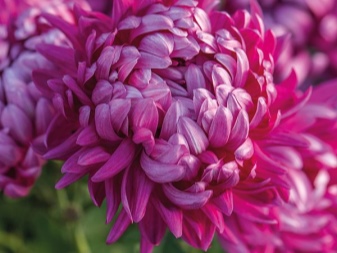
"Gazelle"
Plant heads can be up to 14 cm in diameter. The plant has white double buds that bloom in August and decorate the flower bed until the first cold weather. Such plants must be tied up and fastened to the support.

"Valentina Tereshkova"
This variety was bred on the territory of Crimea. It is distinguished by its unpretentiousness and a lush cap of inflorescences with a diameter of 13-14 cm. The plant has an unusual color: the upper petals are red-crimson, and the lower ones are light pink. The shrub reaches 60–70 cm in height and begins to bloom in September.

Alec Bedser
The plant is able to grow in height up to 70 cm. Inflorescences in the form of yellow hemispheres have a diameter of about 14 cm. They look voluminous, as the inner petals are painted in a darker and more saturated color.

"Diplomat"
It is an English cultivar with flat, double buds, each of which has a circumference of 15 cm. The petals can be purple or wine colored. The bush grows up to 1 meter, so it needs support and a garter. On average, 3-4 buds grow on 1 bush.

"Round dance"
A perennial plant up to 60 cm high, likes to be in the sun or in partial shade. Blooms from June to August. This variety consists of lush flowers of different shades, namely yellow, white, burgundy and pink. The buds can be double or semi-double and delight gardeners with a long flowering period.

"Mix of colors"
This is a large-flowered chrysanthemum that combines several types of buds of the same variety, but with different inflorescences. The mixture includes red, white, yellow, pink, orange flowers, which also differ in the degree of doubleness. The bush grows up to 50-60 cm in height. In their shape, inflorescences can also vary: be pompous or flat. This variety is frost-resistant and drought-resistant.
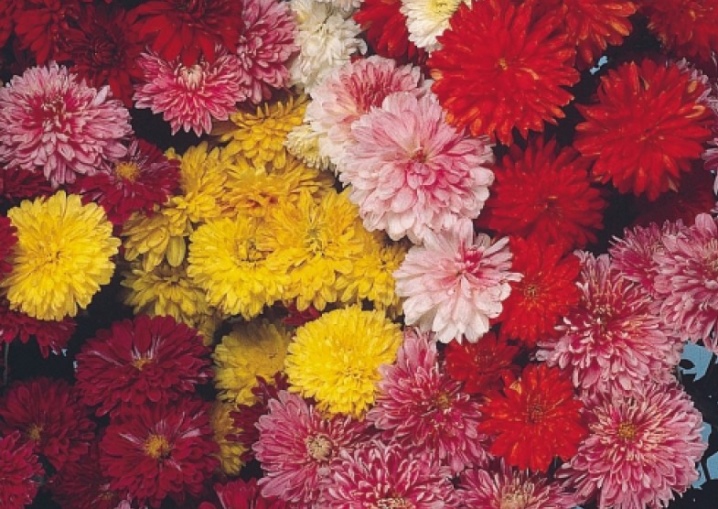
Any variety of large-flowered chrysanthemum will be a great addition to your plot. And in order to create a spectacular flower bed, you can plant several bushes with buds of different colors and different flowering periods. For this, special mixed seed kits are available on the market. This solution will create an original play of colors.
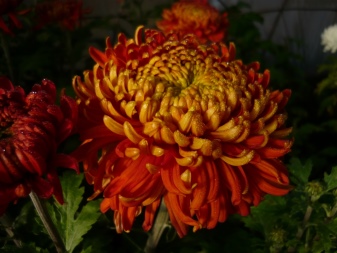

How to grow?
Large-flowered chrysanthemums can be purchased at the store. This will greatly simplify the process of growing the plant, since you only need to plant it outdoors in late spring. However, they are quite difficult to find in the store, but the seeds are sold almost everywhere. That's why we we will separately consider the process of growing chrysanthemums from seeds.


Landing
In mid-January, you will need a primer. You can buy it in a store or make it yourself from earth, humus and peat. Before planting seeds, it must be disinfected, which can be done in the oven or with steam.

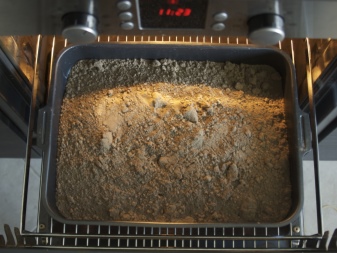
Containers are ideal for planting seeds. Sowing takes place as follows.
- Broken brick or expanded clay is laid out on the bottom. The soil is poured out. The seeds are laid out on top of the ground and pressed slightly into it. Using a spray bottle, the container is sprinkled with warm water, and then covered with glass or foil.
- Further, the container is placed in a greenhouse, the temperature in which should be 23-25 degrees Celsius. The container must be constantly ventilated and watered.
- The first shoots should appear within 14 days. After that, the container is transferred to a room with good lighting and future seedlings are hardened by removing the glass or film for an hour first and constantly increasing this period of time.
- After 3-4 leaves grow on the seedlings, they must be planted in glasses, while not damaging the root system. Dived sprouts are kept at a temperature of 16-18 degrees. They need to be watered and fed. If there is poor lighting in the room, it will be necessary to install photo lamps.



Transplanting into the ground
The plant is transplanted into open ground when the risk of night frost has completely disappeared. They are best planted in a well-lit and high area that must be protected from the wind. The soil should be neutral or slightly acidic. If you decide to plant chrysanthemums in clay or sandy soil, then first you need to add humus or humus to it.
Chrysanthemum loves to be transplanted on a cloudy or rainy day. If the weather is sunny, it is best to do it early in the morning. Flowers are transplanted as follows.
It is necessary to dig a hole measuring 45 by 50 cm. The seedlings are placed in the hole, keeping a distance. The space between the plants is covered with soil. The top layer is compacted and watered. Experts advise using Kornevin solution for irrigation. After planting in open ground, the seedlings must be pinched. Further, they are covered with lutrasil, and they are removed only when the young growth takes root and grows.


Care Tips
For chrysanthemums, proper care is important, since without it, the plants wither and wither. Consider the key points of care procedures.
Watering
Large-flowered chrysanthemum variety is very moisture-loving. They need to be watered frequently and abundantly. With a lack of moisture, many varieties will quickly wither and lose their attractiveness.Therefore, experienced gardeners advise to water the plant 2-3 times a week, depending on the rate of drying of the soil. It is best to use rainwater or settled water. Chrysanthemums should be watered at the root, without affecting the foliage.
After the water has been absorbed, it is necessary to loosen the soil. Otherwise, the soil will become too dense, and it will be difficult for air to enter the root system. Also, during loosening, weeds will need to be removed.


Top dressing
Chrysanthemums need regular fertilization. Top dressing should be carried out at least 3 times per season. It is best to add ammonia nitrogen the first time. This should be done at the beginning of the active growth phase, around 6-8 weeks. This fertilization will help the plant grow foliage faster.
After that, you will need to repeat the process in 2-3 weeks. It is a good idea to apply gibberellin (to speed up flowering) or organic fertilizer. However, with the second type, you need to be careful and not overdo it, since concentrated organic matter can burn the root system.
The last feeding is carried out during flowering. A potassium-phosphorus composition is ideal for this. It also stimulates flowering.
All dressings should be liquid and poured under the roots.
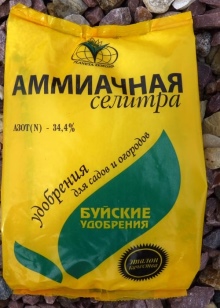


Wintering
Large-flowered chrysanthemums love warmth, so they cannot survive the winter outdoors. They must be transplanted into boxes or pots for the winter and transferred to a cellar or shed. The wintering temperature is 0–4 degrees.
Plants should be watered periodically and inspected for mold. If you notice infected leaves, then you need to immediately remove them in order to avoid further development of the disease.
In late February or early March, chrysanthemums will need to be moved to a warmer room. After the flowers move away from wintering and begin to grow, they need to be cuttings.
After warm weather is established, they can be planted in open ground.

See the video below for the large-flowered chrysanthemum grazing.







































































































The comment was sent successfully.